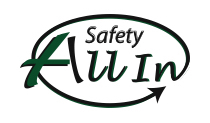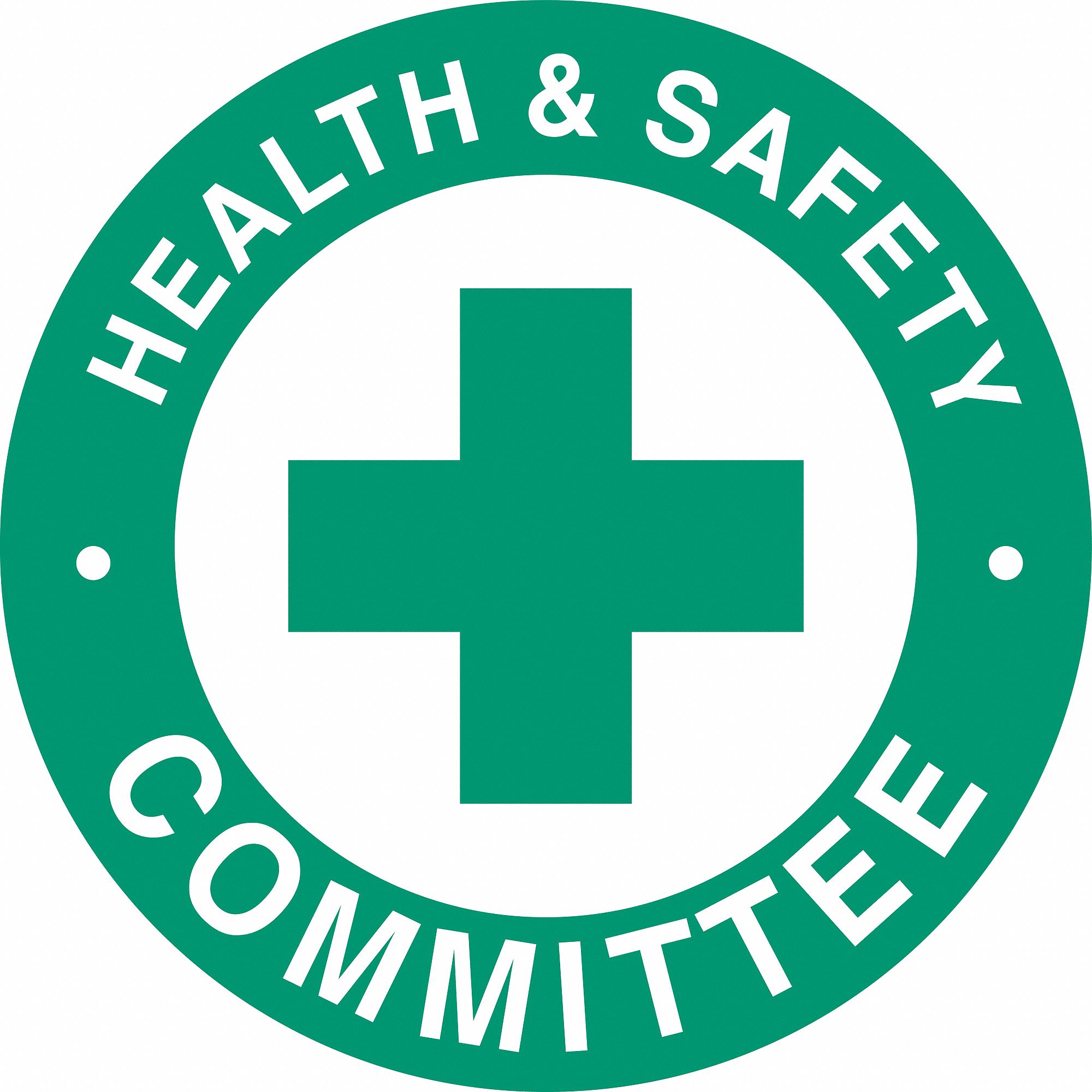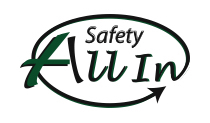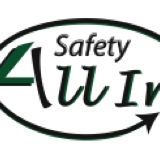Information
-
Audit Title
-
Conducted on
-
Prepared by
-
Personnel
Safety Observations
-
PLANT INSPECTED BEFORE USE
-
PROPER EMERGENCY WATER DURING LOADING (size of tanks, placement of tanks, full of clean water, not frozen)
-
PROPER PPE (available and in use)
-
WHEEL BLOCKS USED
-
PROPER HANDLING OF HOSES & END VALVES (including properly holding valves by body and parking of hose end valves)
-
PROPER LOADING PROCEDURES USED (valve sequence, bleeding, monitoring tanks with fixed level 85% gauge, etc)
-
NURSE TANKS NOT FILLED OVER 85%.
-
EMERGENCY WATER FILLED ON NURSE TANKS (prior to delivery)
-
ONLY AUTHORIZED PERSONS in ammonia transfer areas.
-
OTHER CONDITIONS or OBSERVATIONS
INSPECTION / MAINTENANCE RECORDS
-
INSPECTION AND MAINTENANCE RECORDS for bulk plant?
-
INSPECTION AND MAINTENANCE RECORDS for nurse tanks.
BULK PLANT STORAGE AREAS
-
AREA FREE OF CLUTTER OR RUBBISH?
-
EMERGENCY WATER (Near Bulkhead for transport drivers - proper size, full, clean, not frozen)
-
FREE OF LEAKS
-
BULKHEAD STRUCTURES compliant
-
BACK CHECK VALVES or EMERGENCY SHUT OFF VALVES at bulkheads.
-
EMERGENCY PULL CABLES PROPERLY RUN?
-
BLEED OFF SYSTEM at bulkhead (valves, hoses, tanks)
-
HYDROSTATIC RELEIF VALVES in liquid piping.
-
HAND VALVES properly positioned and in safe condition.
-
EXCESS FLOW VALVES IN TANKS
-
PIPING (condition, flex sections at bulkhead, and proper support)
-
VAPOR RELIEF VALVES are changed out every 5 years and are directed upward, away from any obstructions, and covered with weatherproof caps?
-
PIERS SUPPORTING TANKS (structurally sound and a corrosion barrier the width of the saddle is to prevent contact between the tank and the pier).
-
TANKS PAINT (condition)
-
TANK MARKINGS (proper signage and condition)
-
VALVES AND PIPING PAINTED (red for liquid and yellow for vapor)
-
ELECTRICAL (in good condition and protected from damage by weather).
-
TRAFFIC BARRIERS in place to protect tanks and plumbing.
-
FREE OF of COMBUSTIBLE ITEMS (such as dry grass or weeds under tanks and piping)
-
EMERGENCY CONTACT SIGNAGE
-
SECURITY (valves and electrical)
-
OTHER CONDITIONS
LOADOUT STANDS
-
AREA FREE OF CLUTTER OR RUBBISH?
-
WATER TANKS FOR LOADING PLATFORMS
-
FREE OF LEAKS
-
LOADING PLATFORMS (design, steps, handrails, standing platforms, paint, general condition)
-
HAND VALVES (placement and condition)
-
PIPING
-
PUMP SWITCHES
-
HOSES
-
HOSE END VALVES
-
HYDROSTATIC PROTECTION for piping and hoses at loading platforms.
-
PULL AWAY DEVICES
-
WIND SOCKS
-
SECURITY (hose end valves at loading platforms)
-
OTHER CONDITIONS
Nurse Tank Inspections
-
Nurse tanks are free of leaks?
-
Each nurse tank is equipped with an emergency water tank in good condition?
-
All nurse tanks are maintained in safe condition including running gear, tires, tanks, valves, and plumbing?
-
Tandem tanks are properly plumbed?
-
Two safety chains installed on each nurse tank.
-
Nurse tanks PAINT (tank and valves)
-
Nurse tanks display proper decals, warning labels, and DOT placards?
-
SMV placards displayed on back?
-
OTHER CONDITIONS
SIGNATURES
-
Inspector
-
Plant Supervisor



















